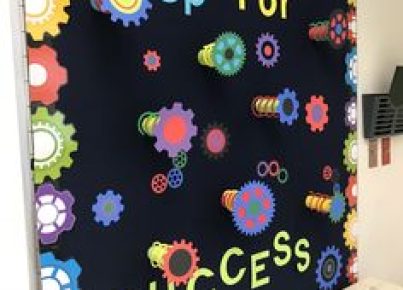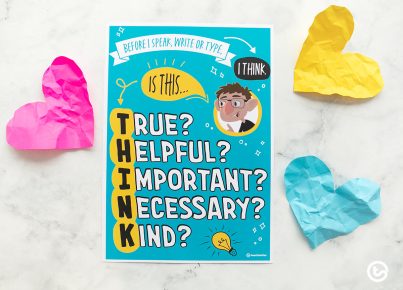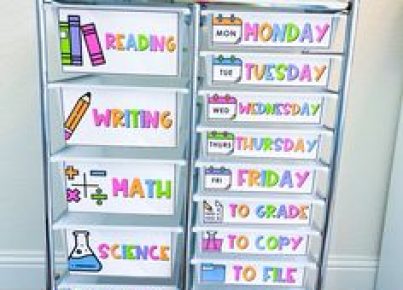A well-crafted lesson closure is an essential part of classroom instruction. It not only signals the end of a lesson but can also be an effective tool for solidifying student learning, offering opportunities for reflection, and setting the stage for future lessons. Here are eight fun and effective ways to conclude your lesson in a manner that will leave your students engaged and thoughtful.
1. Exit Tickets
A classic in classrooms, exit tickets are a quick way for students to summarize what they’ve learned. They can answer a question related to the lesson, identify something they found interesting, or pose a question they still have. This activity offers immediate feedback and keeps students thinking even after they leave the room.
2. Think-Pair-Share
Pose a thought-provoking question related to the day’s material and give the students a moment to ponder their response. Then, have them pair up with a classmate to discuss their thoughts before sharing with the group. This encourages collaboration and communication among students.
3. Four Corners
Post different statements or questions related to the lesson in each corner of the room. Students move to the corner that best represents their opinion or response. This physically active closure helps students process information by debating and defending their viewpoints.
4. One-Minute Paper
Ask your students to take one minute to write down the most significant thing they learned during class on a piece of paper. This strategy helps students synthesize information and articulate their understanding in writing.
5. Gallery Walk
If the lesson involved student-created work, set up a gallery walk where students can display their work around the room. As they circulate,they observe each other’s work and can give comments or ask questions.This closure celebrates student work and promotes peer-to-peer learning.
6. Snowball Fight
Students write down something they learned or a question they still have on a piece of paper, crumple it into a ball, and then gently toss it around the room for a brief, controlled “snowball fight.” Afterward, each student picks up a “snowball” and reads it aloud.
7. The Three-Minute Pause
Give students three minutes at the end of a lesson to pause and reflect on their learning, write down any insights or questions, or consider how the day’s material fits into the bigger picture of the subject being studied.It encourages metacognition – thinking about one’s own thinking.
8. Learning Log
Keep an ongoing log where students record what they have learned each day.This can be done in written form or even via digital platforms which allow for added creativity such as including multimedia elements in their reflections over time.Helps build organizational skills and serves as documentation of their learning journey.
Incorporating these strategies into your teaching repertoire can enhance engagement, consolidate knowledge, and ensure that every student leaves the classroom with a clear understanding of what was learned – making every minute count in your teaching efforts.





